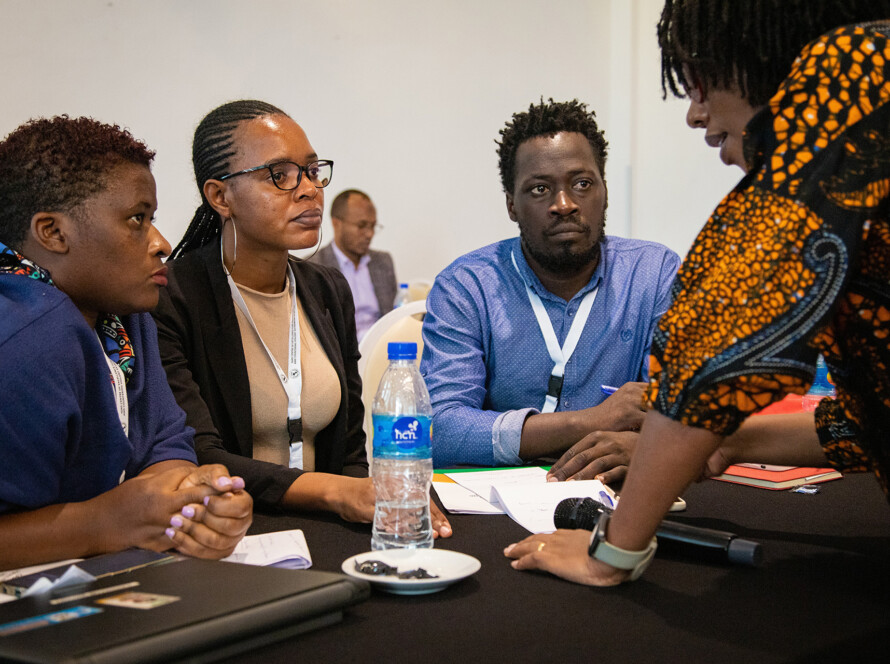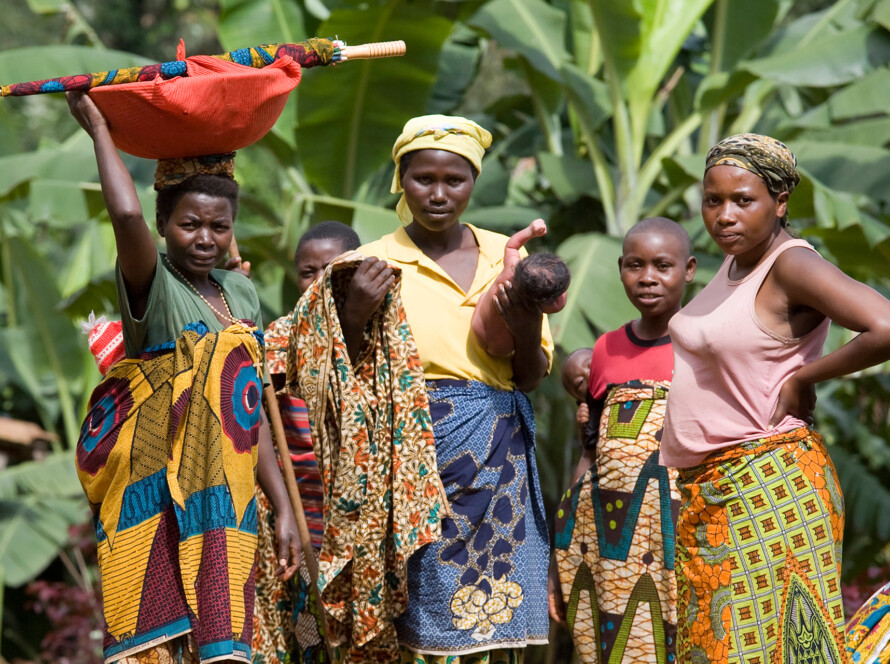By Gladys Rosette Nandutu,
In the sophisticated tapestry of society, the interconnected threads of culture, religion, and tradition, blend to create a colorful pattern of social norms and values yet complicated situations within the societal fabric. This detailed design reflects the diversity of beliefs, practices, and needs that coexist, adding depth and texture to human civilization. However, these threads become scrambled, creating knots that narrow and restrict, particularly when it comes to the rights and empowerment of vulnerable groups, such as young people especially girls and women and people with disabilities.
It is paramount that we recognize the unfortunate truth that the cultural and religious narratives of societies have often been the pillars underpinning gender inequity and Gender-Based Violence. These narratives are frequently cited to justify discrimination against vulnerable individuals, leading to the infringement of their basic rights and freedoms.
Culture and tradition have long been the custodians of societal order, maintaining the status quo while simultaneously fostering a sense of belonging, and identity, serving as badges of heritage. However, when these cultural norms become rigid and unyielding, they transform into barriers to equality. Some of these traditional gender roles around the globe continue to disadvantage women, restricting economic opportunities, political participation, and access to education, thereby violating their fundamental rights to equality and freedom.
Yet there is no denying that interpretations of religious texts have been utilized to reinforce patriarchal systems, religion and tradition, for many, provide moral guidance and a framework for interpreting the world. The rights of vulnerable groups are often overshadowed by these entrenched cultural and religious norms and practices. One disturbing manifestation of such traditional practices is Female Genital Mutilation (FGM), a procedure with no health benefits which inflicts pain, and profound psychological trauma and violates the fundamental rights of girls and women. According to a 2020 UNICEF report, about Female Genital Mutilation, Uganda has witnessed a decline in FGM instances, however, specific communities cling tenaciously to this ritual as a rite of passage into womanhood.
Looking at Gender-Based Violence, one of the alarmingly prevalent human rights violations, cultural stereotypes about gender roles contribute to the normalization of such violence.
Another stark reality is the prevalence of child, early, and forced marriages. Such unions, often orchestrated to settle debts or as a result of custom, leave young girls vulnerable to teenage pregnancies, which is a significant contributor to maternal health challenges. Over 34% of girls in Uganda are married before the age of 18, tethering them to cycles of poverty and marginalization.
The impact on women’s health is another area where the tension between culture, religion, and rights is evident. Restrictions on access to Sexual Reproductive Health and Rights (SRHR) services based on some cultural or religious grounds that look at comprehensive sexual education as immoral have significant implications for women’s autonomy over their own bodies.
It is evident that navigating the tensions between culture, religion, and rights necessitates a nuanced approach, one that acknowledges the value of diversity while challenging elements that infringe upon individual rights. To reconcile these tensions, there needs an approach focusing on education and dialogue. Solutions must emerge from within communities, with a deep understanding of the specific context and the perspectives of the individuals affected.
When communities engage in open discussion about the detrimental aspects of certain norms, the potential for transformation increases. Education serves as an emancipatory tool, disrupting deep-rooted biases and fostering a culture of equity and respect. The role of men in this dialogue cannot be overstated, as allies, they are critical in dismantling patriarchal structures and championing women’s rights.
The journey forward involves exploring this terrain which takes courage, empathy, and an everlasting commitment to justice and equality. It is the only way to ensure that every strand in the societal fabric, the culture, the traditions, the religion-strengthens rather than unravels the collective well-being, especially that of women, young people, and people with disabilities. It is through this commitment that the tapestry can become a true reflection of the beauty and potential of humanity’s diversity.


